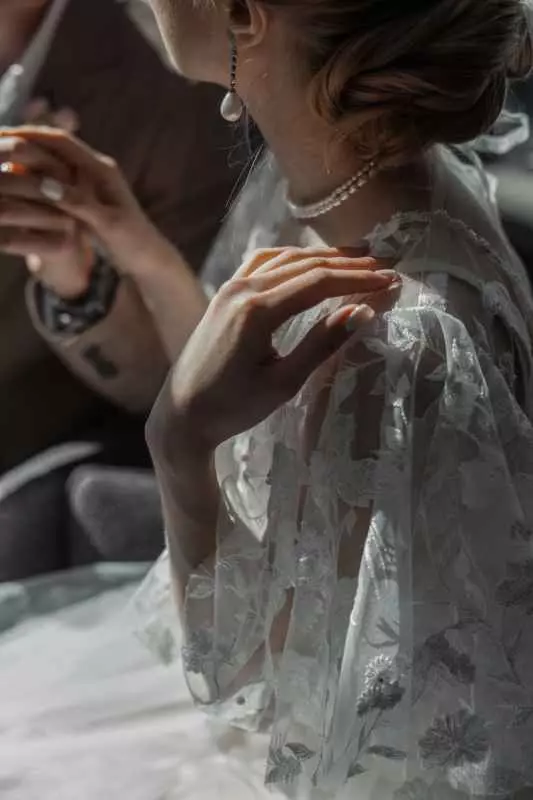Women's sexuality in different eras: Interesting facts
An introduction to the history of women's sexuality
Women's sexuality is a topic that has fascinated and intrigued both researchers and ordinary people for centuries. Different historical eras have shaped women's sexual perceptions and roles in many ways. In this article, we will look at various aspects of women's sexuality throughout history and the cultural phenomena that influenced their intimate lives.
Women's sexuality in antiquity
In the ancient world, particularly in Egypt, Greece and Rome, women's sexuality was viewed much differently than in later eras. Egyptian women often enjoyed a great deal of sexual freedom, and their role in society was more diverse. They believed that love and sex were part of everyday life, and women were entitled to sexual pleasure.
In ancient Greece, on the other hand, there were different concepts of love and sexuality. The modern concept of marriage and monogamy was not as ingrained as it is today. Men often had multiple women, and women, especially those of a lower class, were treated as sexual objects. However, hetaerides, educated women accompanying men at feasts, had much more power and the ability to express their sexuality.
The Middle Ages: A change in attitudes toward sexuality
The Middle Ages brought with it a significant change in the perception of women's sexuality. The Catholic Church began to dominate social life, which had the effect of limiting sexual freedom. Women were often seen as sinners, and their sexuality was associated with guilt and shame.
However, interesting phenomena also emerged during this time, such as romanticized images of love. Love was idealized in literature and art, which contributed to a somewhat more positive perception of affection. Nevertheless, the reality for many women was much more difficult, and their sexuality was often hidden.
The Renaissance and its impact on women's sexuality
The Renaissance, as a period of return to classical ideals, brought with it a slow change in attitudes toward women and their sexuality. The development of art, literature and philosophy fostered new interpretations of women. Feminist currents began to gain strength, which opened the way to greater freedom of self-expression in both the emotional and sexual spheres.
Although the Renaissance brought some changes, many women still had to contend with local restrictions that dictated the rules of their society. Female characters in literature often found themselves in opposition to societal norms, which, however, also represented their internal struggle for the right to autonomy.
Enlightenment: Women's sexuality in a new light
The Enlightenment brought with it new ideas and values that had a profound impact on the perception of women's sexuality. Thinkers of the period began to challenge traditional social and religious norms, which fostered emancipation. Women, such as Mary Wollstonecraft, began to demand equality and the ability to express their sexuality in a natural and accepted way.
During this time, literature began to explore themes of love, sexuality and human relationships. Women became the protagonists of stories, and their feelings and desires were increasingly analyzed and appreciated. However, it is worth recalling that for a long time, prejudices and social norms still inhibited their full participation in society.
The 20th century: the sexual revolution
The 20th century saw a sexual revolution that forever changed the way we view women's sexuality. The introduction of topics such as contraception, same-sex unions and abortion into the public discourse made sexuality a much more open topic. Feminist movements began to fight for women's independence and rights, including the right to decide on their own sexuality.
The great social and cultural changes that took place during this time helped break down many harmful stereotypes about women. The examples of movie stars such as Marilyn Monroe and Jane Fonda helped change attitudes toward women's sexuality in the media and popular culture.
Summary: Women's sexuality in modern society
Today, in modern society, women's sexuality is an open and widely discussed topic. Thanks to many fights for equal rights and social changes, women are free to express themselves and their desires. The modern feminist movement continues to push for full emancipation and the recognition that women's sexuality is not a taboo subject, but an important aspect of their lives.
An analysis of women's sexuality over the centuries shows how much society has changed and how history shapes our approach to individual rights. Knowledge of this subject is crucial to understand how far we have come, but also where we are going in the future, rising up in the struggle for dignity, equality and acceptance.

Add comment